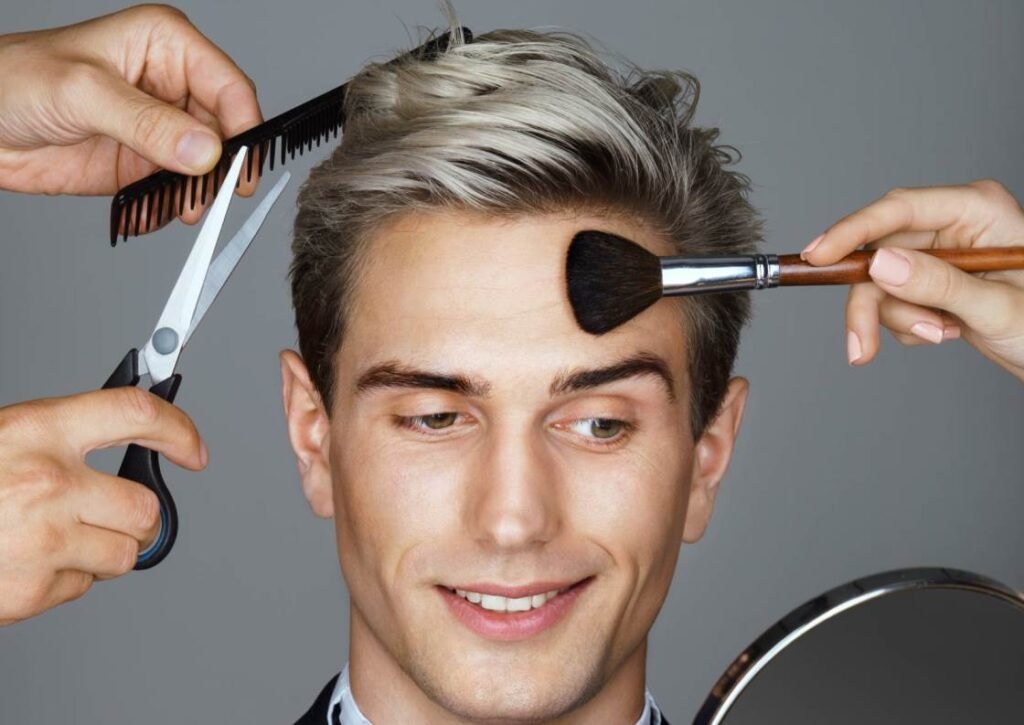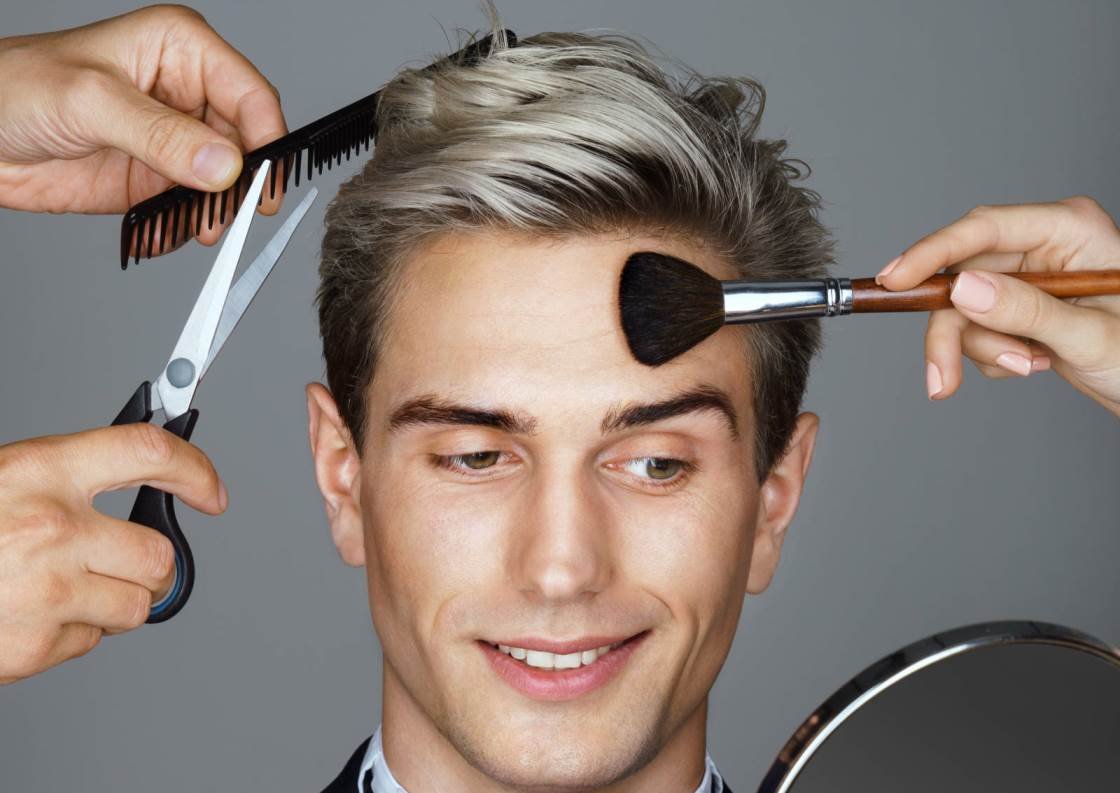Master Color Psychology: Choose Colors That Empower You
Introduction: The Power of Colours in Our Daily Lives
Colors are more than just visual stimuli. In every aspect of life, from fashion to design to branding, colors influence our moods, perceptions, and confidence. Think about the warm embrace of a sunset drenched in fiery red and orange, the tranquillity evoked by the deep blue of a calm ocean, or the rejuvenating energy of a walk through lush greenery. Colors wield an incredible influence over our emotions.
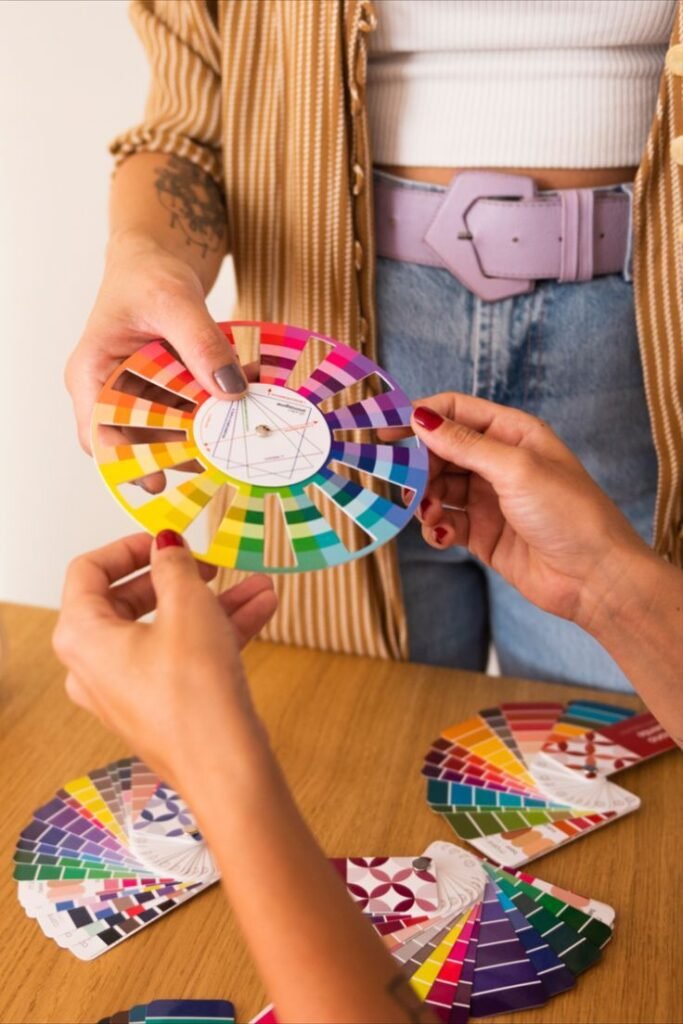
In fashion and personal styling, our colors have a similar impact. They can subtly shift how others perceive us and how we feel about ourselves. By understanding color psychology and choosing shades that both flatter and inspire, we can unlock the secret to personal empowerment through color.
Understanding Color Psychology: How Colors Influence Our Emotions
Color psychology is the study of how colors affect human behavior, emotions, and perceptions. Color plays a crucial role in our daily lives, often without us even realizing it. Marketers, designers, and artists have long understood the profound impact colours have on our emotions. But how can we harness this knowledge for personal styling?
In this section, we’ll dive into how different categories of colours—warm, cool, and neutral—affect our feelings and influence our appearance.
1. Warm Colours: Energetic, Bold, and Passionate
Warm colours such as red, orange, and yellow are often associated with energy, passion, and vitality. These hues are attention-grabbing and evoke strong emotions.
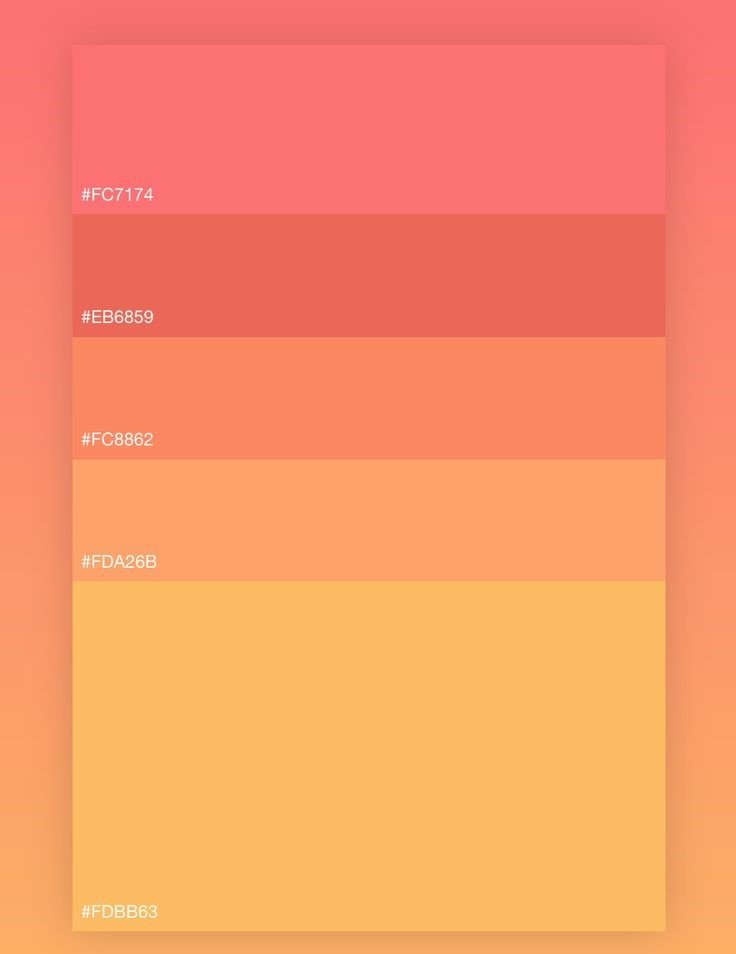
- Red: Often associated with love, passion, and power, red is a bold and dramatic colour. Wearing red can make you feel more confident and energetic, which is why many people choose it for events where they want to stand out.
- Orange: Linked to enthusiasm and creativity, orange is a playful and lively colour. It radiates warmth and can add a sense of fun to your outfit.
- Yellow: The colour of happiness and optimism, yellow brings a sunny disposition to anyone who wears it. It’s great for creating a positive, cheerful atmosphere.
Example: Picture a job interview. Wearing a well-chosen red blouse might give off the impression of strength and determination, while also giving you the confidence to speak assertively.
2. Cool Colours: Calm, Tranquil, and Trustworthy
Cool colours like blue, green, and purple are generally calming and soothing. These colours evoke feelings of tranquillity, stability, and trust.

- Blue: Known for its calming effect, blue is often associated with reliability and trustworthiness. It’s a common choice for business settings, as it conveys professionalism.
- Green: The colour of nature and renewal, green is relaxing and invigorating at the same time. It’s perfect for promoting balance and harmony.
- Purple: Often linked to luxury and creativity, purple can give off a sense of mystery and sophistication.
Example: If you’re going to a negotiation or meeting where you want to project calm and control, wearing shades of blue or green could help set the tone for the interaction.
3. Neutral Colours: Timeless, Elegant, and Versatile
Neutral colours such as black, white, grey, and beige are timeless and versatile. They are often seen as elegant and understated, making them a popular choice in both casual and formal settings.
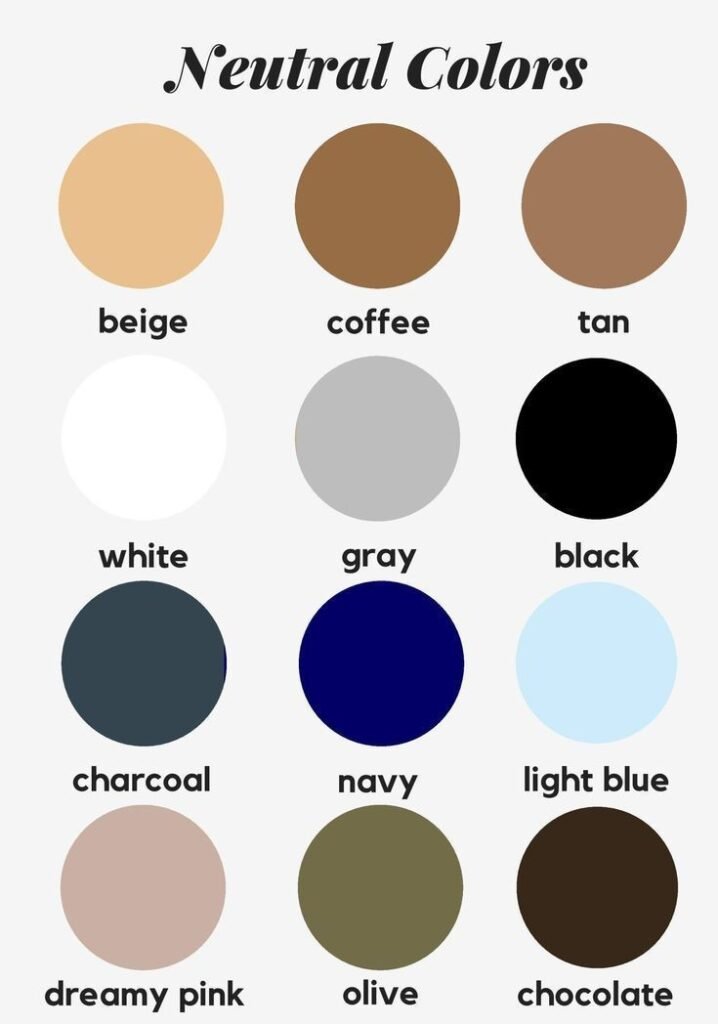
- Black: Known for its sophistication and slimming effects, black can be both powerful and elegant. It’s also often associated with authority.
- White: Clean and crisp, white evokes feelings of purity and simplicity. It can make a strong yet subtle statement of confidence.
- Grey: The ultimate neutral, grey is versatile and can serve as a backdrop for bolder colours. It’s often linked to balance and composure.
- Beige: Beige and other earthy tones bring warmth and subtlety, making them great for creating a relaxed yet refined look.
Example: For a sophisticated evening event, a black dress paired with subtle accessories can exude elegance and confidence without overwhelming the scene.
Choosing Colours That Flatter You: Personal Colour Analysis
While the psychological effects of colour are important, it’s equally essential to understand which colours complement your unique features, such as skin tone, eye colour, and hair colour. Enter the realm of personal colour analysis—a technique used by colour consultants to determine the hues that make you look your best.
Here’s a breakdown of how to choose flattering colours based on your skin tone:
1. Identifying Your Skin Tone: Warm, Cool, or Neutral?
The first step in choosing colours that flatter is to identify your skin tone. This can generally be categorized as warm, cool, or neutral.
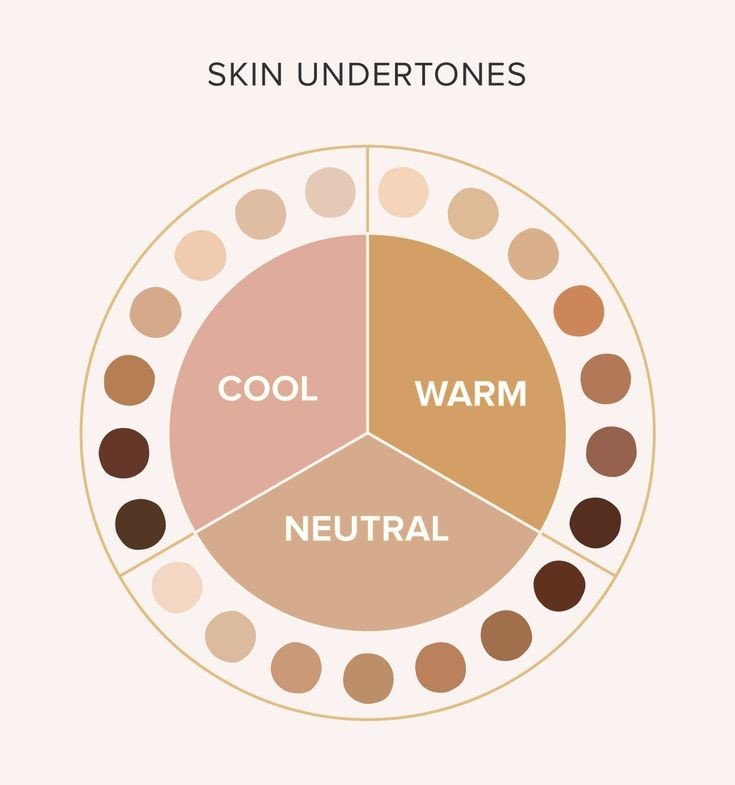
- Warm Skin Tones: If you have a warm skin tone, colours with golden, yellow, or peachy undertones tend to suit you best. Think of earthy colours like gold, bronze, orange, and warm reds.
- Cool Skin Tones: Cool skin tones pair well with colours that have blue or pink undertones. Jewel tones such as sapphire, emerald, and cool shades of pink are your best friends.
- Neutral Skin Tones: If you have a neutral skin tone, you’re in luck! Most colours will complement your features, but it’s often best to stick to soft, muted shades rather than overly vibrant or bold hues.
2. The Role of Contrast: High Contrast vs. Low Contrast
Another important consideration when choosing colours is the level of contrast between your skin, eyes, and hair. High-contrast individuals (e.g., light skin and dark hair) tend to look best in high-contrast colour combinations, while low-contrast individuals (e.g., similar skin and hair colour) are flattered by more subtle contrasts.
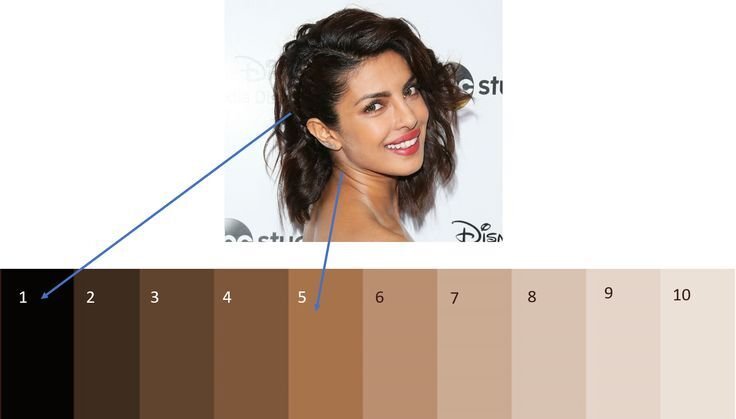
Example: A person with cool undertones and dark hair might look striking in a bright cobalt blue dress, while someone with warm undertones and blonde hair might glow in a soft peach or coral.
Harnessing the Power of Colours: How to Use Colours to Express Yourself
Colour isn’t just about appearance—it’s about self-expression and how we show up in the world. By carefully selecting the colours you wear, you can convey emotions, make statements, and even shift your mood.
Here are some tips for using colours to your advantage:
- Match Your Mood: If you’re feeling confident and outgoing, wear bold, warm colours. If you want to project calm and professionalism, opt for cool shades.
- Dress for the Occasion: Different events call for different colour palettes. Consider the message you want to send before choosing your outfit.
- Express Your Personality: Colour is a great way to let your personality shine through. Don’t be afraid to experiment and find the shades that make you feel most like yourself.
Example: If you’re attending a creative brainstorming session, you might wear bright and energetic colours like orange and yellow to inspire creativity and enthusiasm.
Conclusion: Unlock the Transformative Power of Colour
The power of colours extends far beyond mere aesthetics. Colours can shape our perceptions, influence our emotions, and even boost our confidence. Whether it’s the energy of warm tones, the calmness of cool hues, or the elegance of neutrals, colours have the potential to transform how we present ourselves and how we feel.
By understanding colour psychology and choosing colours that flatter your unique features, you can harness the power of colours to express yourself authentically and radiate confidence in every aspect of your life. So the next time you open your wardrobe, don’t just reach for what’s comfortable—choose colours that make you feel empowered, confident, and ready to take on the world.

